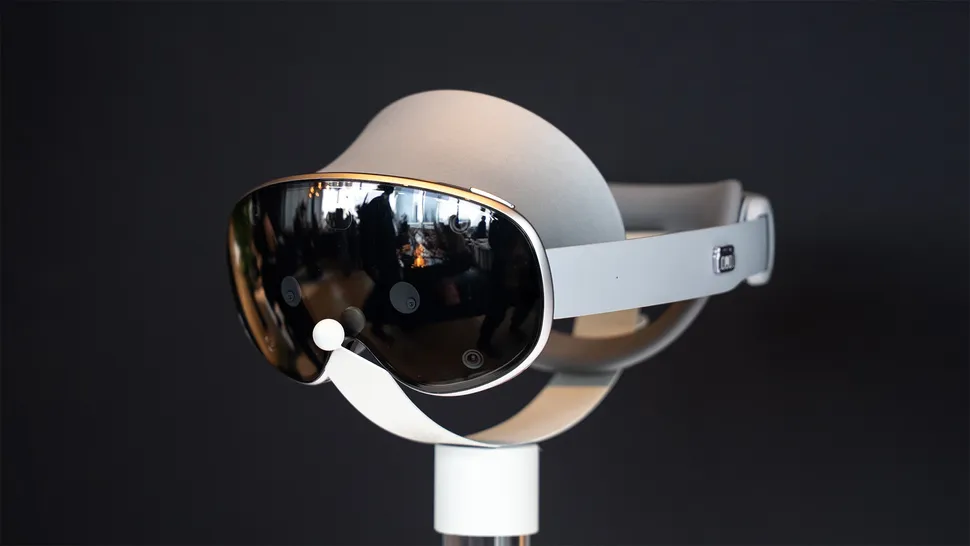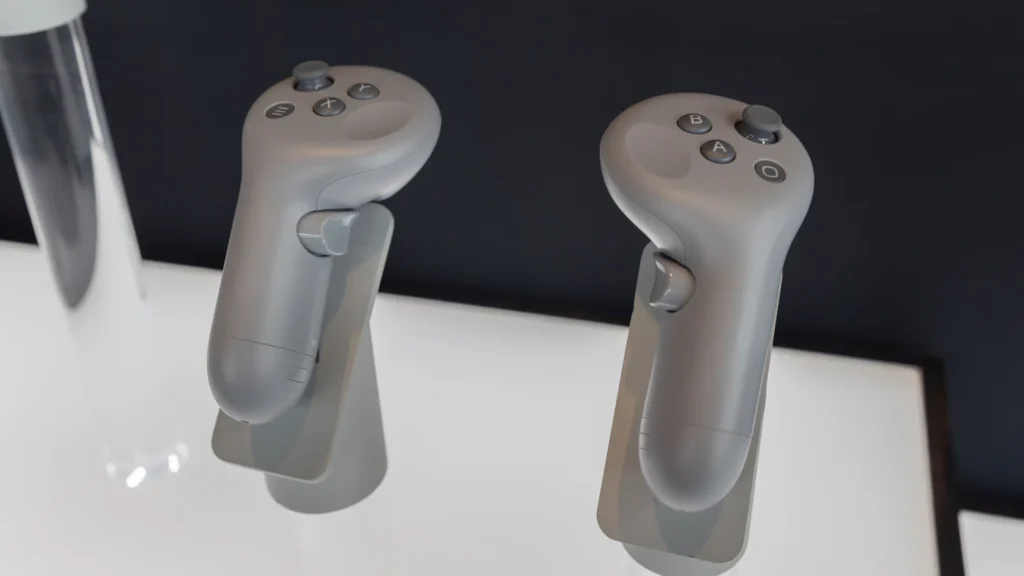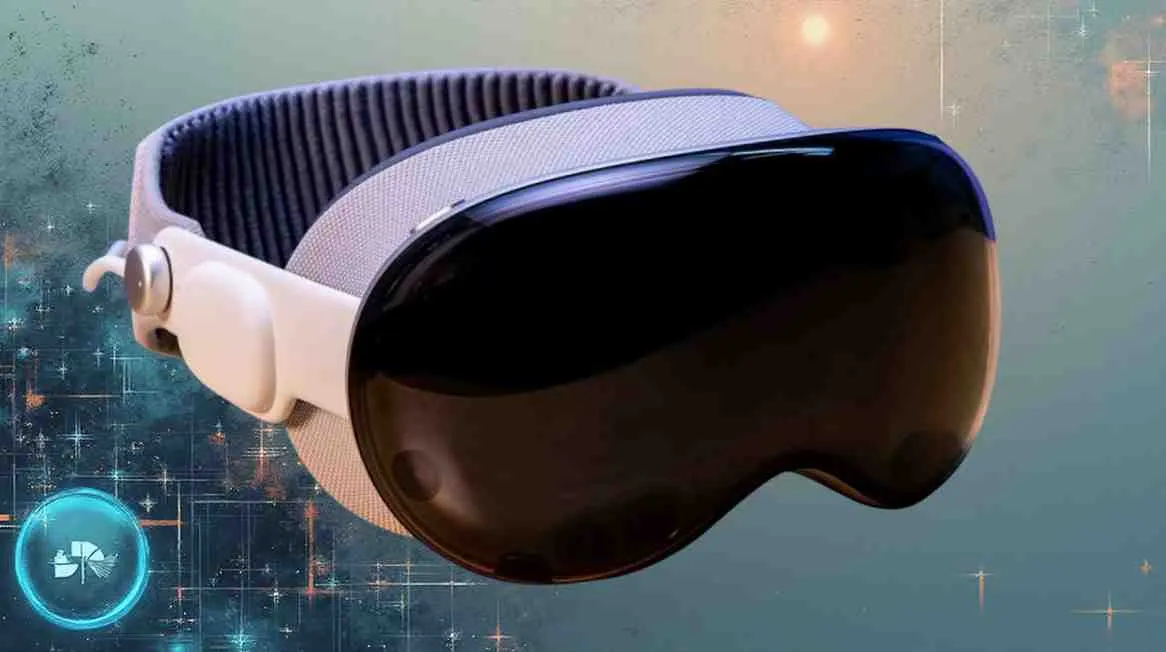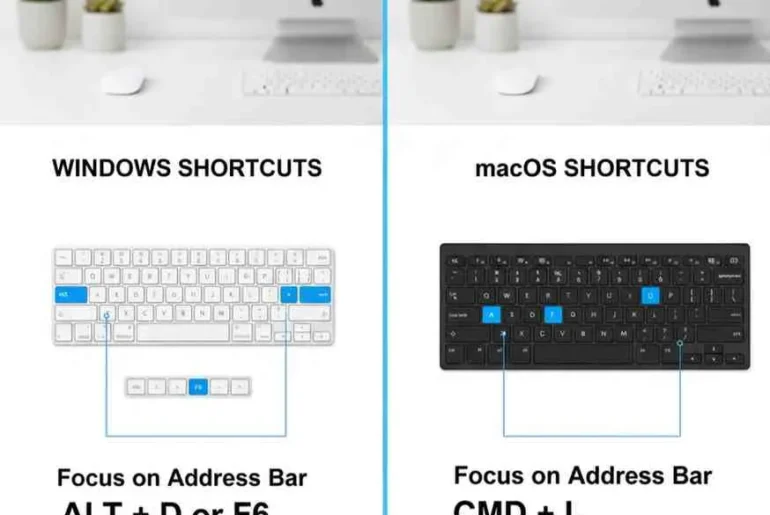
Table of Contents
When Apple launched the Vision Pro, it instantly redefined what a premium spatial computing device could be, boasting unparalleled display technology and a seamless operating system. However, its starting price of $3,499 created a significant barrier for all but the most dedicated (or affluent) early adopters. This massive gap in the market was a direct invitation for competition.
Enter the Samsung Galaxy XR. Co-developed with Google and powered by Android XR and Gemini AI, Samsung’s debut mixed reality headset isn’t just a competitor-it’s a direct challenge. With an aggressive price point of $1,799, the Galaxy XR is betting that combining cutting-edge specs with unprecedented affordability will be the formula needed to steal market share from Apple in the premium segment.
The battle for the future of extended reality (XR) is officially underway. This is more than a simple spec comparison; it’s a fight between price accessibility, open vs. closed ecosystems, and raw processing power vs. AI-driven intelligence. We break down the specs, cost, and comfort to determine if the Samsung Galaxy XR is truly the “Vision Pro Killer.”
The Price War: Sticker Shock vs. Accessibility
The most glaring difference between the two headsets is their price, which fundamentally changes the market dynamics.
A. Apple Vision Pro Pricing: The Luxury Investment
The Apple Vision Pro maintains its position as the undisputed luxury item in the XR space. Starting at $3,499 (with optional upgrades for larger storage tiers), it is positioned as a professional-grade investment. Its high cost reflects its premium materials (machined aluminum, laminated glass) and its desktop-class internal silicon. This price point effectively limits its market to enterprise, high-income consumers, and developers—a high barrier to entry that has slowed mainstream adoption.
B. Samsung Galaxy XR Pricing: Premium but Accessible
The Samsung Galaxy XR is priced at roughly half the price, starting at $1,799. This is still a premium price compared to entry-level headsets, but it positions the Galaxy XR as a device for serious enthusiasts who were previously priced out of Apple’s ecosystem. Samsung is making a clear play for volume, aiming for a broader, early adopter audience by making high-end spatial computing attainable.
C. Price Verdict: The Defining Factor

The Galaxy XR is the clear winner on price accessibility. While Apple sells a luxury computing vision, Samsung is selling a high-end consumer technology product. For most potential buyers, the $1,700 difference is the single most critical factor, and it is the strongest argument for the Galaxy XR being a “Vision Pro killer.”
Head-to-Head Hardware Specs (The Technical Duel)
While price is key, the hardware determines the experience. Both headsets are powerhouses, but they prioritize different technical elements.
A. Displays and Visuals: The Pixel vs. Refresh Rate Trade-Off
Both headsets use stunning Micro-OLED displays, but the resolutions tell two different stories:
- Samsung Galaxy XR: Features dual 4K Micro-OLED panels, delivering approximately 27 to 29 million pixels total. This results in an incredibly high pixel density (around 4,032 PPI), giving Samsung the edge on sharpness and text clarity. The refresh rate, however, is capped at 90 Hz (with a default of 72Hz).
- Apple Vision Pro (M5): Offers approximately 23 million pixels total. While still phenomenal, the raw pixel count is lower than Samsung’s. Apple counters with superior refresh rate flexibility, supporting up to 120 Hz.
Analysis: Samsung provides a sharper, more detailed static image, which is crucial for productivity and reading. Apple provides smoother motion and lower visual latency, which is essential for gaming and fast-paced spatial video.
B. Processor & Performance: Apple’s Raw Power Edge
Here, Apple leans on its desktop heritage, while Samsung relies on mobile XR specialization.
| Feature | Samsung Galaxy XR | Apple Vision Pro (M5) |
|---|---|---|
| Chipset | Qualcomm Snapdragon XR2+ Gen 2 | Apple M5 + dedicated R1 chip |
| Architecture | Mobile XR Focus | Desktop-Class Silicon (3nm) |
| RAM / Storage | 16GB RAM / 256GB Storage (Fixed) | 16GB RAM / Up to 1TB Storage |
| Latency | Standard XR Latency | R1 Chip delivers ultra-low 12ms photon-to-photon latency |
Apple’s M5 chip offers superior raw computing and graphics performance. Coupled with the dedicated R1 chip-which handles all the sensor data in real-time-the Vision Pro boasts near-lagless pass-through and tracking, giving it the edge for low-latency spatial computing. The Galaxy XR’s XR2+ Gen 2 is powerful for mobile XR, but it simply can’t match the M5’s desktop-class headroom.
C. Design, Comfort, and Weight (The Ergonomics Battle)

When a device is worn on the face, weight is paramount.
- Samsung Galaxy XR: Weighs approximately 545g (1.2 lbs). It uses a rigid rear strap with an adjustment dial, similar to the popular Meta Quest Pro design, distributing weight more evenly across the forehead and the back of the head. This makes it noticeably lighter and more comfortable for extended sessions.
- Apple Vision Pro: Considerably heavier, ranging from 600g to 750g+, depending on the configuration. Though the M5 version includes an improved Dual Knit Band, the headset remains decidedly front-heavy, making long sessions potentially fatiguing.
The result is clear: The Galaxy XR wins on comfort and practical ergonomics due to its lighter design and better weight distribution.
Ecosystem, Software, and Future Potential
The long-term winner will be defined by software and support.
A. Operating System Philosophy
The software platforms represent the core difference in philosophy between the two giants:
- Apple visionOS: A highly polished, closed platform built specifically for spatial computing. It integrates perfectly with the Apple ecosystem (Mac, iPhone, iCloud), but it only runs native visionOS apps or compatible iPadOS apps.
- Samsung Android XR: An open platform co-developed with Google. It allows developers to easily port apps using OpenXR standards and, crucially, can run almost all standard Android apps as 2D windows. This instantly grants the Galaxy XR access to millions of familiar experiences and services (like Netflix, YouTube, and Google Chrome).
B. AI Integration: Gemini vs. Siri
The Galaxy XR is an AI-first device, with Google’s Gemini AI woven deep into the Android XR system. Features like Circle to Search (drawing a circle around a real-world object in passthrough to search for it) and Gemini Live (context-aware assistance that sees what you see) are transformative. The Vision Pro uses Siri and Apple Intelligence, which is highly capable but currently focuses more on seamless task execution within the Apple environment rather than real-time visual-spatial awareness.
C. Input & Controllers
The Vision Pro is famously a controller-less device, relying solely on sophisticated hand gestures and eye tracking (the look-and-pinch method). While innovative, this can be limiting for gaming. The Galaxy XR supports hand and eye tracking but also offers optional dedicated motion controllers ($250 separate purchase), providing traditional gamers and professional users with more control options.
Final Verdict: Which Headset is Right for You?
Is the Samsung Galaxy XR truly the “Vision Pro Killer”?
The answer is complex: It kills the Vision Pro’s price dominance, but not its raw technological supremacy.
The Galaxy XR is a brilliant, calculated maneuver. It delivers premium visuals and features, superior comfort, and the powerful, open Android ecosystem for nearly half the price. This makes the high-end XR category accessible to a vast, new segment of the market.
Here is who should buy each headset:
Who Should Buy the Apple Vision Pro?
You should choose the Vision Pro if you prioritize raw power and maximum fidelity. If you are a professional user relying on the Apple ecosystem (MacBook, iPhone), need the lowest possible latency for precise work, demand the highest refresh rate for smooth visuals, and are willing to pay a substantial premium for the ultimate polished, integrated experience.
Who Should Buy the Samsung Galaxy XR?
You should choose the Galaxy XR if you prioritize value, comfort, and an open ecosystem. If you are an Android user, a casual gamer who wants controllers, or simply need a high-end XR device for productivity and media consumption, without paying an extra $1,700. The Gemini AI integration also makes it the superior choice for users who want cutting-edge, context-aware artificial intelligence woven into their spatial environment.
The competition between these two titans is ultimately a huge win for consumers, driving innovation and bringing the spatial computing revolution closer to the masses.






